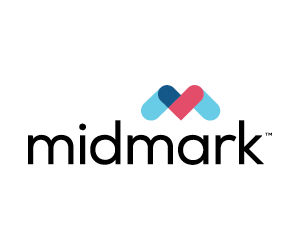Operator protection
Pathogens and debris such as calculus, tooth fragments, plaque, water spray, and prophy paste are aerosolized during dental procedures. It is prudent to irrigate the oral cavity with a 0.12% chlorhexidine solution before dental scaling, tooth sectioning, and drilling to decrease bacterial aerosolization.79 The safety of the operator is ensured during dental procedures by using radiographic, oral, respiratory, skin, eye, and ear protective devices as noted in the 2013 AAHA Dental Care Guidelines.2Ergonomic considerations for personnel performing dental procedures include proper seating, fatigue mats for standing, and proper positioning of both the patient and materials to minimize immediate and chronic operator injuries. Instruction on proper instrument handling techniques should be provided.2 Radiographic safety precautions should be adhered to at all times while radiographs are obtained. Radiation protection should include the use of a lead shield or apron, thyroid shield, and a radiation dosimeter. Sources of radiation in the dental suite include direct exposure to the primary beam, scatter radiation, and leakage from the tube head. The operator and other staff should not be in the path of the primary beam. Scatter radiation can be minimized by standing at least 6 ft from the source, maintaining a 90–135° angle from the path of the primary beam, and avoiding touching the tube head or housing during exposures. Tests for leakage radiation should be conducted on a regularly scheduled basis by a licensed professional.8







